People who lived during the ancient times predicted that thousands of years since then, the world would develop beyond anyone’s imagination. True enough, what used to be science fictions eventually became established truths and facts because of advancements in technology. For the past few years, science has been consistent in making a lot of mind-blowing breakthroughs. Here are 25 things you would see in a sci-fi movie that became reality.

Technology proves how vulnerable the human brain is.
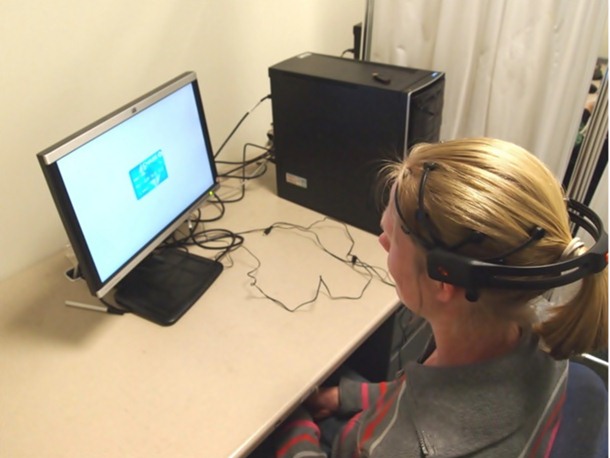 www.extremetech.com
www.extremetech.com A team of researchers employed by Usenix Security was able to demonstrate how vulnerable the human brain is by reading pin codes and passwords using an EKG.
Robotic exoskeletons now used by NASA.
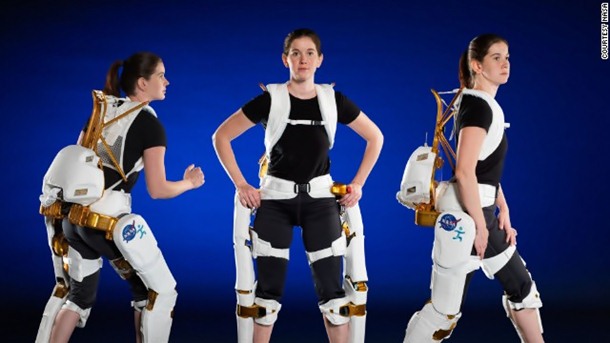 www.cnn.com
www.cnn.com NASA now makes use of robotic exoskeletons that feature four motorized joints and six passive joints. This robotic exoskeleton weighs just about 57 lbs. and serves in helping astronauts with their movements, paraplegics with walking and exercise while in space.
Ultra-flexible willow glass allows for curved electronic devices.
 blog.archpaper.com
blog.archpaper.com The flexible glass prototype that was first exhibited in Boston was created by Corning, a New York-based developer. This glass prototype is only around 0.05-mm thick, which makes it as thin as a sheet of paper.
SpaceX docks with the International Space Station
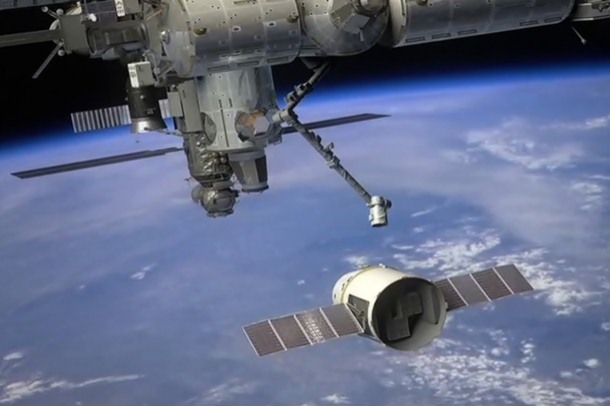 eandt.theiet.org
eandt.theiet.org The first unmanned commercial space flight known as Space X docked with the International Space Station last year. This phenomenon made history, as it marked the first time for any private company to send its craft to the space station. It was the robotic arm of the ISS that seized the capsule in its first trip to space.
Wales encodes the DNA of every flowering plant in the country
 www.nhm.ac.uk
www.nhm.ac.uk The National Botanic Garden’s head of research and conservation created a database of DNA for more than a thousand native species of Wales. Through the help of DNA and the use of over five thousand barcodes, each of the species of Wales can now be easily identified by photos of their pollens, wood, roots and seeds.
Eye implants now allow the blind to see.
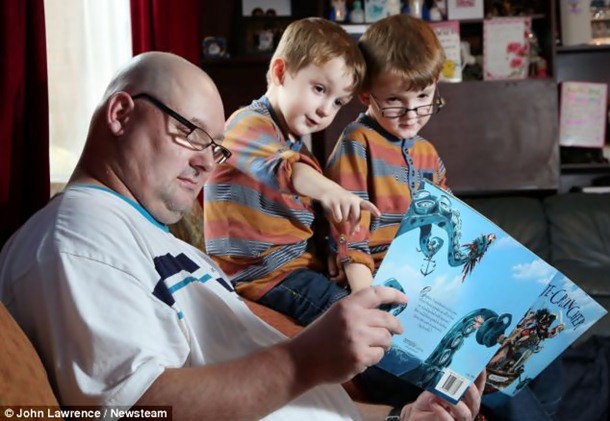 www.dailymail.co.uk
www.dailymail.co.uk After an eight-hour surgery, two blind men from the United Kingdom were able to restore their lost eyesight. Both patients had been blind for years but were able to get back their sight a few weeks after undergoing eye implantation. Now, they are capable of dreaming in color and identifying the outlines of objects.
The discovery of the diamond planet
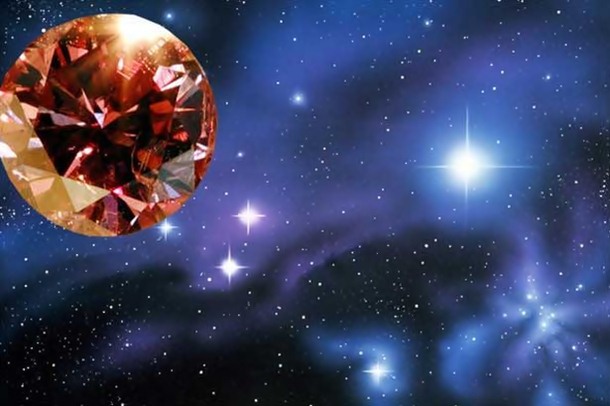 www.mirror.co.uk
www.mirror.co.uk In 2013, an exo-planet made of diamonds was discovered by a team dedicated to exploring space. The planet is said to be around five times the size of the earth, and a remnant of another star made of crystalline carbon.
Cheap and flexible solar panels challenge fossil fuel.
 funstuffcafe.com
funstuffcafe.com Twin Creeks’ Hyperion is used today to bombard wafer-thin panels. It is sold at half the price of what used to be the least expensive solar cells in the world.
The discovery of the Higgs-Boson Particle
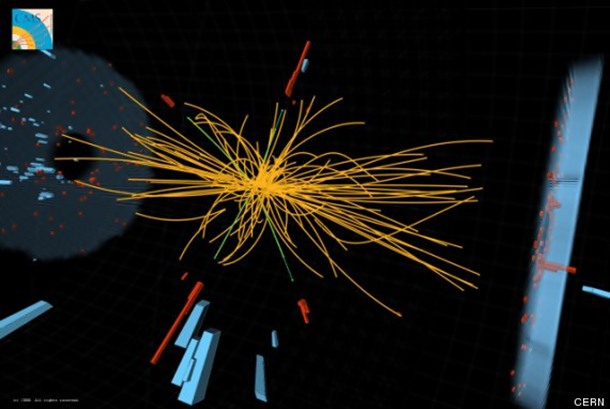 www.huffingtonpost.co.uk
www.huffingtonpost.co.uk CERN, a multinational research center, discovered in 2013 a particle that resembled a Higgs Boson particle in its behavior. This led scientists to believe that a Higgs field could actually exist.
Google Glasses
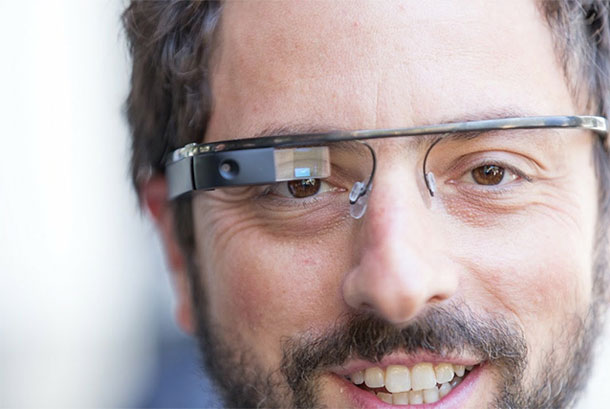 www.glassappsource.com
www.glassappsource.com Information is no longer at your finger tips. Now, information is literally at the blink of an eye. With interactive displays that splash your view with all sorts of information and graphics, the Google eyewear is truly technology from a sci-movie.
Artificial leaves now generate electricity.
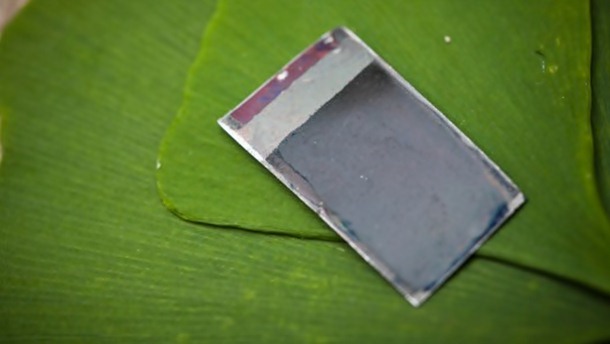 www.gizmag.com
www.gizmag.com Daniel G. Nocera used cheap materials in creating the first practical artificial leaf in the world, which can be used to generate electricity. The self-contained units are capable of mimicking the photosynthetic process, though the end result is not oxygen but hydrogen. This hydrogen is then caught in fuel cells and used to produce electricity.
Chimera monkeys were created from multiple embryos.
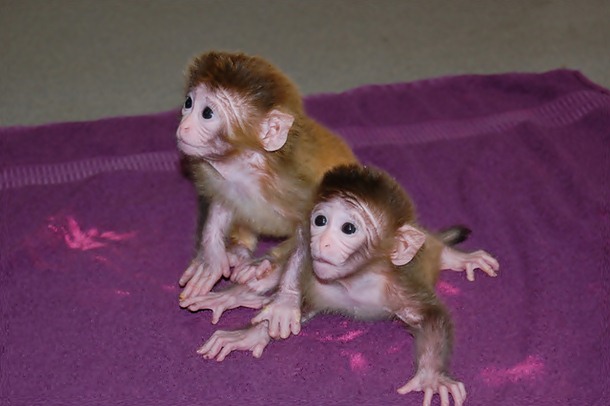 www.smartplanet.com
www.smartplanet.com A group of researchers mixed six different embryos into three young monkeys.
Rogue planet floats through space.
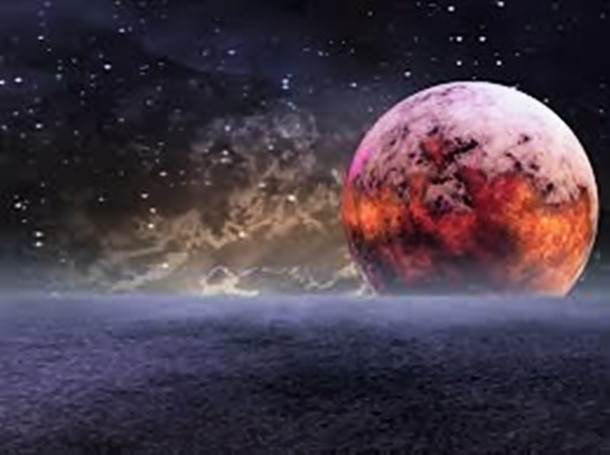 beforeitsnews.com
beforeitsnews.com Scientists used to believe that planets orbited a star. However, the discovery of CFBDSIR2149 has demonstrated otherwise. This planet is four to seven times the size of Jupiter and is free-floating, which means it orbits nothing.
3-D printer creates custom jaw transplant
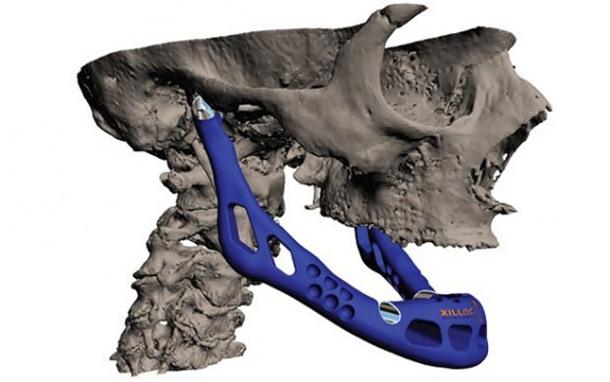 www.whydontyoutrythis.com
www.whydontyoutrythis.com A 3-D printer was able to successfully create a custom working jawbone for a patient through the use of bio-ceramic coating and titanium powder (the first of its kind).
Voyager I leaves the solar system.
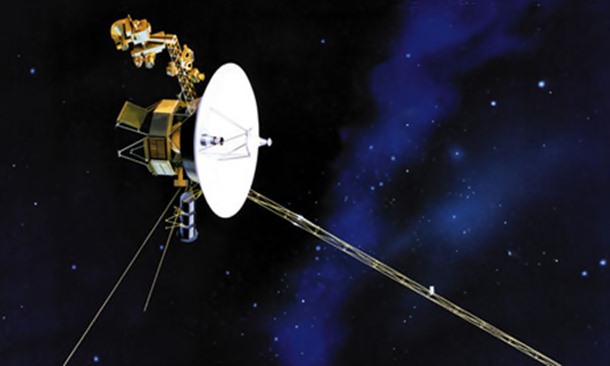 www.theguardian.com
www.theguardian.com Launched on September 5, 1977; Voyager I became the first-ever manmade object to fly beyond the boundaries of the solar system. At a distance of about 127.74 AU (1.911×1010 km) from the Earth as of May 8, 2014, Voyager I is the farthest spacecraft from Earth.
Self-driving cars
 www.slate.com
www.slate.com On May of 2013, Nevada became the first state to let self-driving cars hit the roads. These cars logged over 300,000 autonomous hours and have gotten in less accidents than traditional cars so far.
3-D printer creates full-size houses
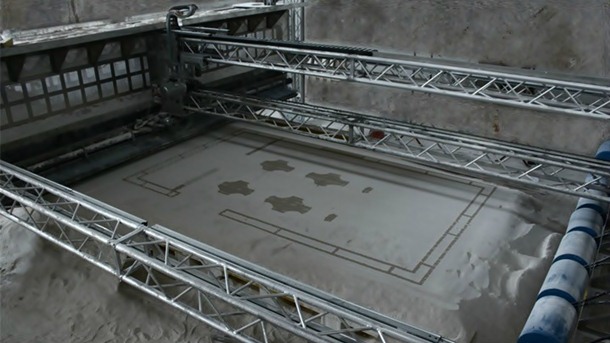 mb.mercedes-benz.com
mb.mercedes-benz.com Created by Enrico Dini, the D-shape printer has the ability to print a two-storey building in one session. It uses nothing but an inorganic binding compound and sand, but the resulting material is as durable as reinforced concrete.
Stem cells extend life
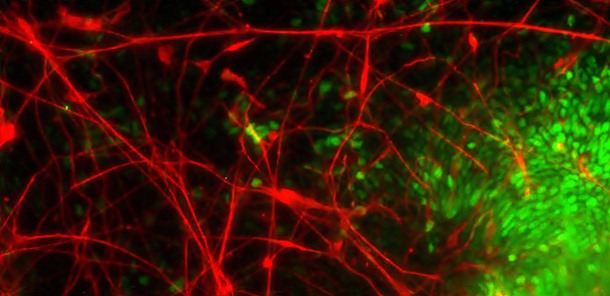 knowledge.allianz.com
knowledge.allianz.com A group of scientists injected stem cells into a mouse that was about to die. After the injection, not only did the mouse not die, but lived for a total of 71 more days.
The deepest known point in the ocean is reached by a lone human
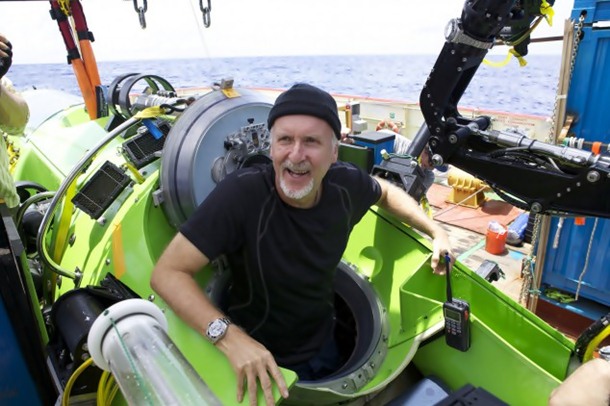 press.nationalgeographic.com
press.nationalgeographic.com James Cameron is the first solo human to reach the deepest part of the Mariana Trench, which is about 6.8 miles deep.
Spray on skin
 www.wallstreetdaily.com
www.wallstreetdaily.com Avita Medical recently introduced ReCell, a technology that makes use of a piece of skin from the patient and mixes it with an enzyme from pigs which then enables the skin to be sprayed back onto the patient.
Invisibility Cloak
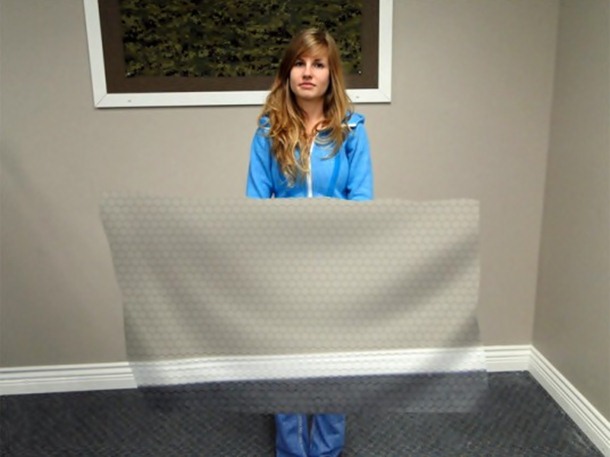 www.ecouterre.com
www.ecouterre.com Hyper Stealth Biotechnology, a British Columbia company, introduced a material called Quantum Stealth, which has the ability to bend light waves without the use of cameras or mirrors
DNA photography
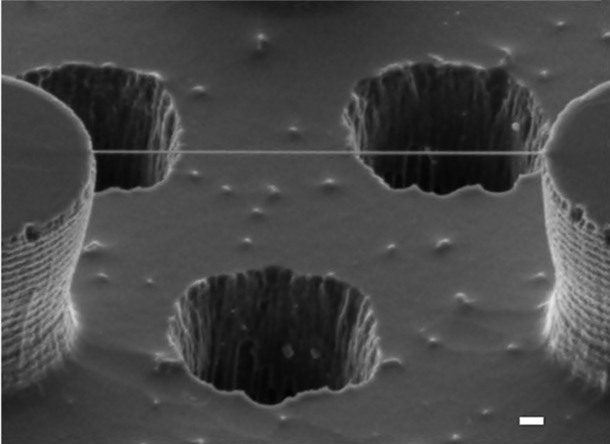 mentalfloss.com
mentalfloss.com By using an electron microscope, Enzo di Fabrizio and his team at the Italian Institute of Technology in Genoa were able to take the first photos of the famous double helix.
Silk stronger than steel
 www.redorbit.com
www.redorbit.com A group of scientists from the University of Wyoming were able to modify silkworms to produce silk that; weight for weight, was stronger than steel. Since the success of the experiment, many groups especially from the medical community have show interest in using the new material as an alternative to plastics and even some forms of armor.
Robot traverses a complex obstacle course
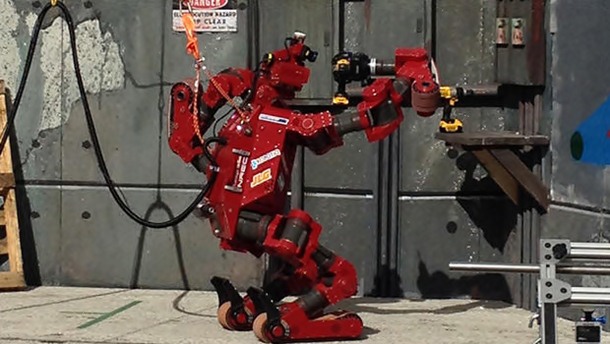 www.cbsnews.com
www.cbsnews.com A robot that can go upstairs, avoid pitfalls, and evade other obstacles has been developed by DARPA. It seems like it won’t be long before we have fully autonomous robots running around.
Mind control over robotic parts
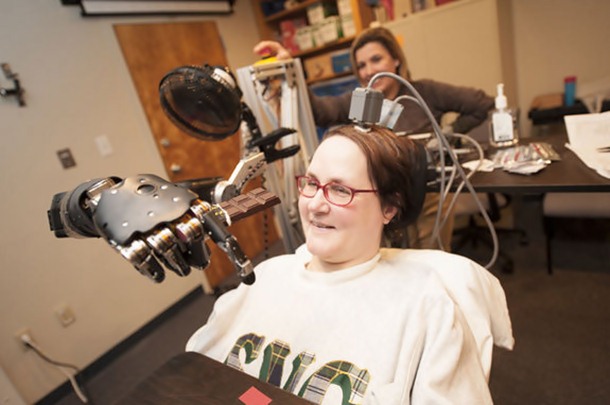 www.livescience.com
www.livescience.com Thanks to the neurobiology department of the University of Pittsburgh, Jan Scheumann can use her mind to control a robotic arm created to replace her original arm. This amazing feat was accomplished by placing two 96-channel intracortical microelectrodes into her motor cortex.



























